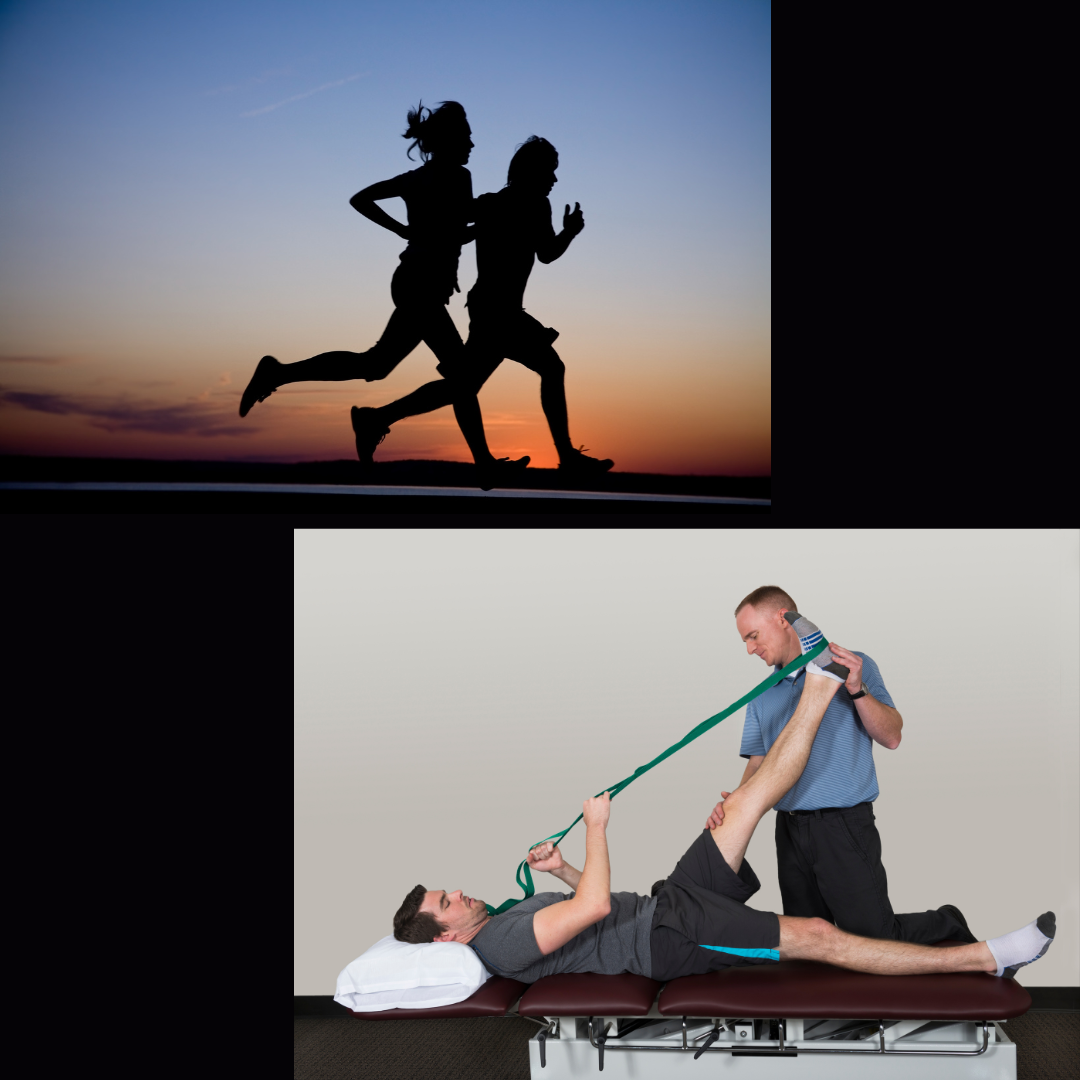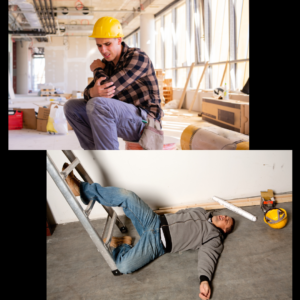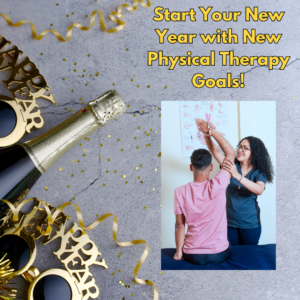Running is one of the most natural forms of human movement, deeply rooted in our evolutionary history. However, in today’s modern world, where sedentary lifestyles have become the norm, many people struggle with running without experiencing strain or injury. In this blog post, we’ll explore how humans developed the ability to run long distances, how our current lifestyles have compromised this ability, and how running with the Results Treatment Method can instill proper running habits and strengthen the legs.
The Evolutionary Basis of Long-Distance Running
Humans are uniquely equipped to run long distances, a trait that is believed to have played a crucial role in our survival as a species. Unlike most animals that rely on speed for short bursts of energy, humans evolved to be exceptional endurance runners. This ability is thought to have been critical for persistence hunting—a technique where early humans would chase prey over long distances until the animal became exhausted.
Several anatomical features support this theory:
- Bipedalism: Walking on two legs freed our hands for tool use but also allowed for more efficient heat dissipation during long runs.
- Sweating: Humans have a remarkable ability to regulate body temperature through sweating, which prevents overheating during prolonged physical activity.
- Ligaments and Tendons: The presence of the Achilles tendon and a well-developed plantar arch in the foot contribute to the elastic recoil necessary for efficient running.
- Slow-Twitch Muscle Fibers: These muscles are more fatigue-resistant, allowing humans to maintain a steady pace over extended periods.
Together, these traits suggest that running was not only possible but was once an essential skill for survival.
The Impact of Sedentary Lifestyles
Despite our evolutionary predisposition for endurance running, the modern lifestyle has led to a significant decline in this ability for many people. Sedentary behaviors, such as sitting for prolonged periods at work, driving instead of walking, and relying on technology for entertainment, have led to a range of physical issues that make running difficult and even dangerous for some.
Common problems associated with a sedentary lifestyle include:
- Muscle Weakness: Without regular use, the muscles needed for running, particularly in the legs and core, can become weak and unable to support the body properly during physical activity.
- Poor Flexibility: Sitting for long periods can lead to tight hip flexors, hamstrings, and calves, which can restrict movement and increase the risk of injury when running.
- Postural Imbalances: Lack of physical activity can cause poor posture, which in turn affects the alignment of the body during running, leading to inefficient movement and potential strain on the joints and muscles.
These issues can create a vicious cycle where discomfort or injury during running discourages further attempts, leading to even greater physical decline.
How the Results Treatment Method can help you run safer and more effectively
The Results Treatment Method can be a powerful tool in helping individuals rediscover their ability to run without pain or injury. Whether you’re a seasoned runner dealing with chronic pain or a beginner looking to improve your fitness, our physical therapists can tailor a program to your specific needs.
- Assessing and Correcting Running Form
A crucial aspect of running safely is maintaining proper form. Our physical therapists at Results can analyze your running gait to identify any biomechanical issues, such as overpronation, improper foot strike, or asymmetrical movements. By correcting these issues, you can reduce the risk of injury and improve your running efficiency.
- Strengthening Key Muscles
To run effectively, your muscles need to be strong enough to support repetitive movement over time. Our physical therapists will guide you through exercises that target the muscles most important for running, including the quadriceps, hamstrings, glutes, and core. Strengthening these muscles will not only improve your running performance but also help protect your joints from strain.
- Improving Flexibility and Mobility
Tight muscles and restricted joints can limit your range of motion and make running uncomfortable. Our physical therapists use a variety of techniques, such as stretching to mobility exercises to improve flexibility in the legs and hips. Enhanced flexibility allows for smoother, more fluid movement, reducing the likelihood of injury.
- Creating a Personalized Training Plan
Running should be approached gradually, especially if you’re new to it or returning after a long period of inactivity. Our physical therapists can develop a personalized training plan that considers your current fitness level, goals, and any existing injuries. This plan will include not only running but also cross-training and recovery strategies to ensure balanced and sustainable progress.
- Education on Injury Prevention
Understanding how to prevent injuries is crucial for anyone looking to take up or return to running. Our physical therapists use the Results Treatment Method to educate patients on the importance of proper warm-up and cool-down routines, the role of rest days, and how to recognize early signs of overuse injuries. With this knowledge, you can run confidently, knowing that you’re taking the necessary steps to stay healthy.
Conclusion
While humans are evolutionarily designed for long-distance running, modern sedentary lifestyles have compromised this ability for many. However, with the help of the Results Treatment Method, it’s possible to regain and even enhance your running capabilities. By focusing on proper form, strengthening key muscles, and improving flexibility, the Results Treatment Method can empower you to run safely and enjoyably, tapping back into the endurance our ancestors once relied on.
For more helpful information on how the Results Treatment Method can improve your quality of life, read our other blogs at resultsrehab.com/blogs.



